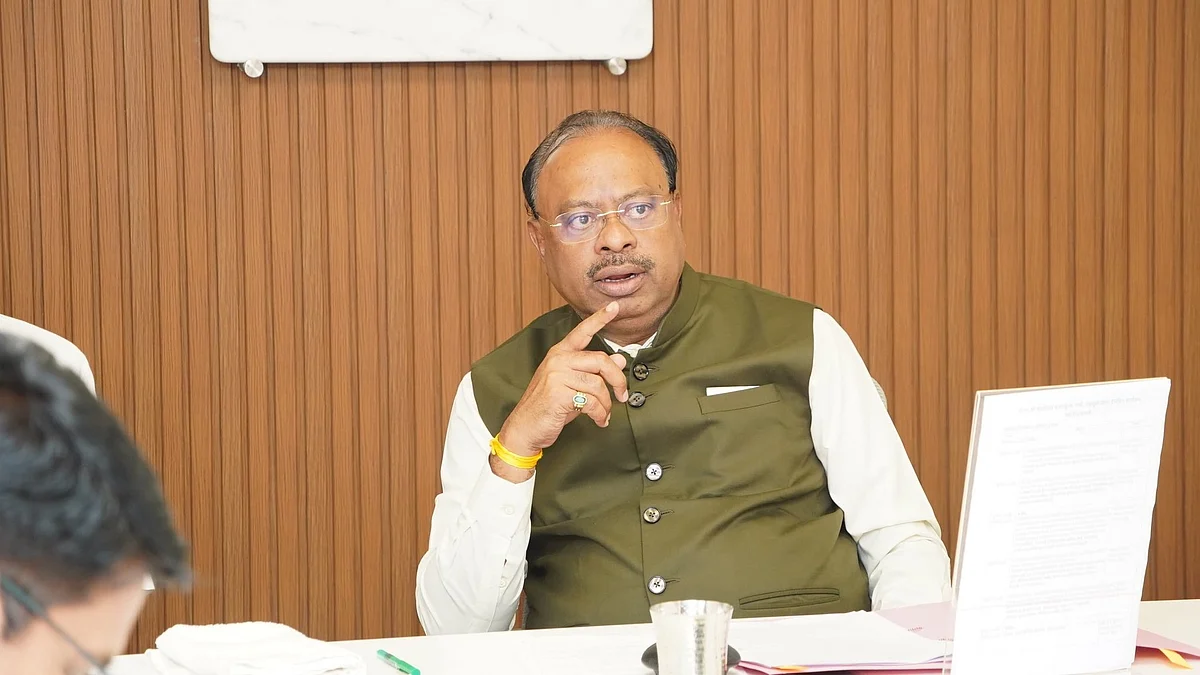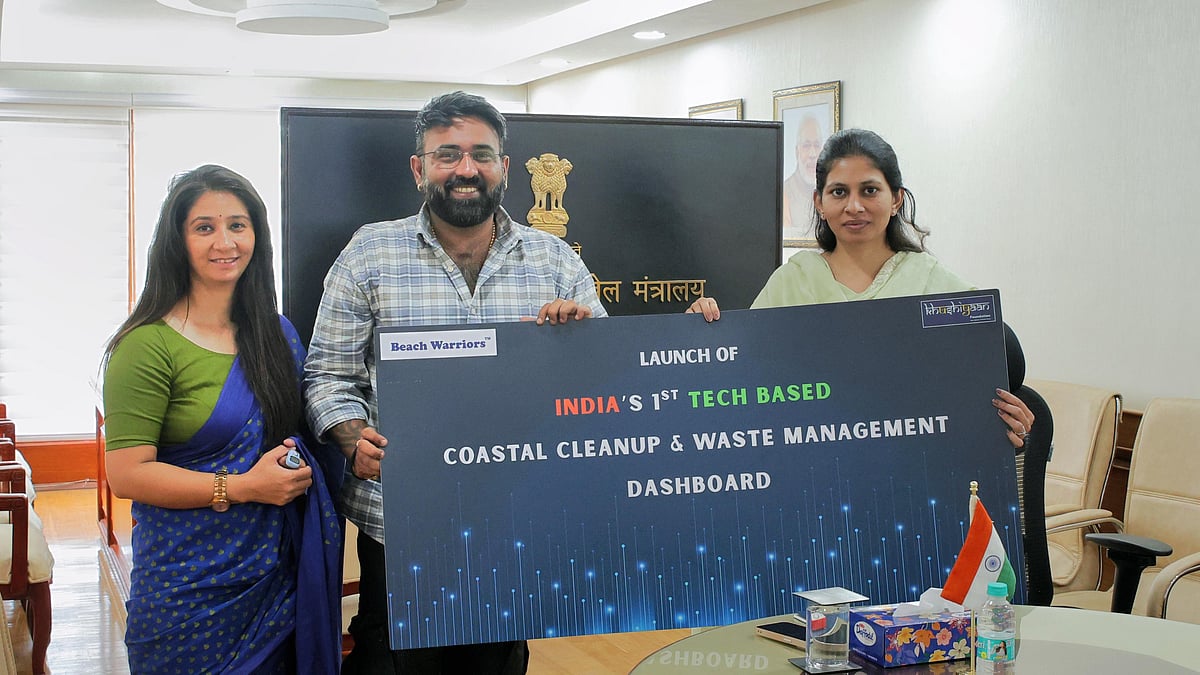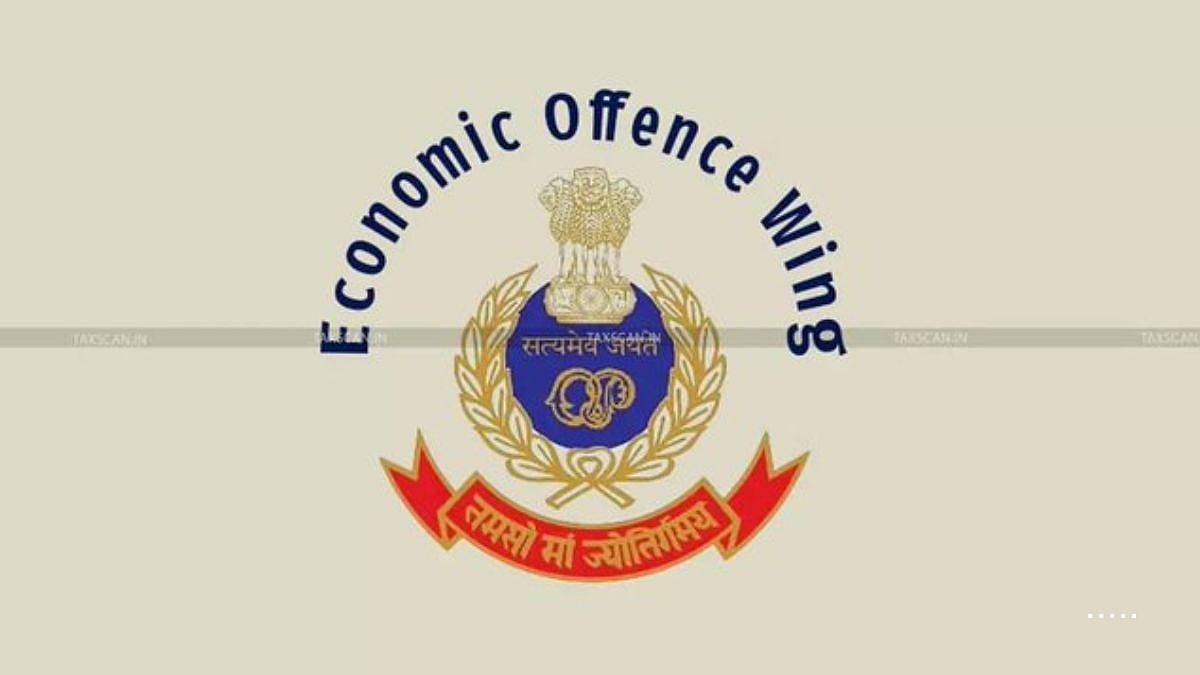Mumbai: In a recent gathering of minds on Monday evening, experts spanning the fields of infrastructure, urban development, and environmental sustainability convened to discuss Mumbai's trajectory. The city is currently experiencing a frenetic infrastructure boom, with projects such as the new coastal road, the Atal Setu, and burgeoning metro lines carving out new transport corridors. With Dharavi also poised for transformation, questions arise: Is this developmental surge the path to progress, or is it inadvertently stifling Mumbai's vitality?
Leading figures including BMC Commissioner Bhushan Gagrani, RC Sinha, a retired IAS officer renowned for his leadership on the Mumbai-Pune Expressway, former CIDCO chief, and Architect P K Das, known for his sustainable city planning approach, lent their insights to the dialogue. The session, organized by The Mumbai Press Club, delved into the intricate balance between urban advancement and the preservation of Mumbai's essence."

Commissioner Gagrani articulated, "We are witnessing a profound transformation in Mumbai city. This visual overhaul is poised to translate into socio-economic progress on a scale comparable to iconic transformations seen in different parts of the world. I remember Commissioner's Grid Plan of 1811 - Manhattan, upon closer examination, we observe striking similarities between our current endeavors and the urban planning challenges addressed during that era. Reflecting on what Manhattan has undergone, we find ourselves encountering analogous challenges and opportunities. These visually iconic projects will significantly enhance urban mobility and reshape our perceptions and thinking. Consider the Mumbai-Pune Expressway as a prime example; despite initial apprehensions and opposition, it has become instrumental in propelling Pune to become India's second-largest automobile hub and a center for research and development. The socio-economic impact of infrastructure projects is immeasurable; often, we overlook their profound effects on the micro-local economy," he added.

"Projects like the Coastal Road and the Mumbai Trans Harbour Link (MTHL) are poised to fundamentally transform the real estate market within the next decade to sixteen years, both residential and commercial sectors alike. As the city rapidly evolves, it begs the question: what role do Mumbai's residents play in contributing to or responding to these changes? Understanding the public's acceptance of these projects and devising long-term maintenance strategies are paramount," said Gagrani.

RC Sinha recounted, "Having arrived in Mumbai in 1963, I became directly involved in infrastructure projects through CIDCO. At that time, Navi Mumbai, then known as Vashi, had a mere population of 30,000. The connectivity between Mumbai and Navi Mumbai was limited to a single road, often under repair for several days out of every week. Recognizing the potential of Navi Mumbai, we endeavored to shift Mumbai residents there. However, the area lacked basic amenities – there was no water supply until we constructed the Morbe Dam, telephone lines were limited to STD booths, and electricity was not available round-the-clock. Establishing a railway line was crucial for its development, and CIDCO spearheaded 67% of the railway construction costs, with the Maharashtra government contributing the remaining 33%."

"The transformation from working in Bombay to living in Navi Mumbai was our objective. We introduced an agricultural market in Navi Mumbai, which significantly relieved the congestion in South Mumbai. Challenges arose during the construction of the Mumbai-Pune Expressway, requiring the acquisition of 980 hectares of land amidst hurdles such as forest and environmental clearances. However, through political support and expedited processes, we achieved record-breaking land acquisition in just six months. Recognizing the importance of time, we expedited infrastructure projects, completing 52 flyovers in the Mumbai Metropolitan Region in an average of 30 and a half months, significantly shorter than the norm of 48 to 60 months. Despite financial constraints, we ensured the financial viability of projects, foregoing conventional construction sequencing methods in favor of efficiency and expediency," he said.

Architect PK Das, focusing on the environmental aspect, said, "The true beneficiaries of mega infrastructure projects must be questioned. Neglecting vital infrastructure for years, particularly life-saving infrastructure, may lead to an existential crisis. I advocate for prioritizing natural ecological infrastructure. Mumbai boasts one of the richest national ecologies, occupying 1050 sq km, with a buildable area of 240 sq km. However, our current infrastructure planning often excludes natural ecology, such as water courses now turned into nullahs, spanning 300 km, along with wetlands, creeks, and mountains. This is imperative as we face an existential crisis due to the climate crisis. Rising temperatures pose a critical threat, leading to heat stress and severe health impacts, particularly affecting the poor and working class. The rampant construction trend exacerbates this crisis, encroaching on open spaces vital for well-being. Salt pan lands and wetlands are being taken over, rivers concretized, and open spaces dwindling. We must recognize the importance of hidden infrastructure and prioritize green spaces."

The urgent need for prioritizing sustainable infrastructure to combat the climate crisis and secure Mumbai's future cannot be overstated. Planting more trees and fostering urban forests stand as imperative measures, echoing innovative approaches witnessed in the US and New York, where rebuilding with nature post-disasters like Hurricane Sandy proved effective.
Moreover, Mumbai faces direct risks due to the Indian Ocean's warming, evidenced by the increasing frequency of cyclonic winds and floods. Halting the conversion of natural areas into construction sites is paramount to prevent ecological degradation. Additionally, limiting building density to mitigate heat island effects and restoring water and land are essential steps toward resilience.
Recognizing the significance of public transport, Gagrani pointed out that the Mumbai Metropolitan Region Development Authority (MMRDA) and BMC's efforts to expand the metro network by 300 km within two years are crucial. Public transport, particularly in areas where water transportation is not viable, plays a vital role in ensuring accessibility for all.

"Beneath Mumbai's surface lies a vast and intricate network of sewage lines, constituting a significant part of its underbelly. However, numerous footpaths in the city have been compromised due to ongoing projects. While the island city boasts a considerable pedestrian network, efforts are being made in various locations to address the issues at hand. Yet, it is evident that long-standing questions regarding urban infrastructure have yet to be adequately resolved" said Commissioner.






